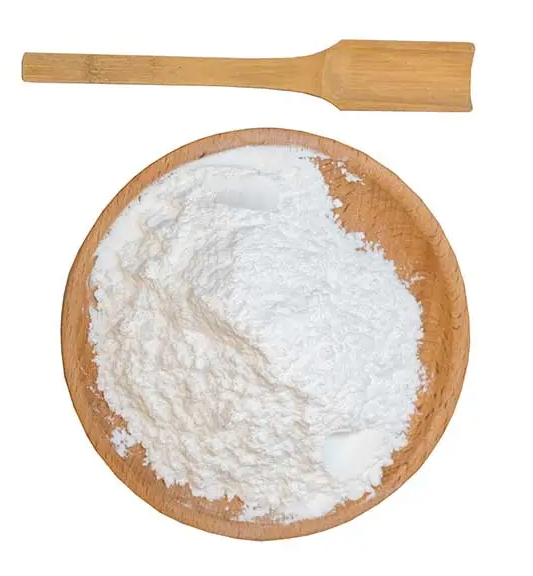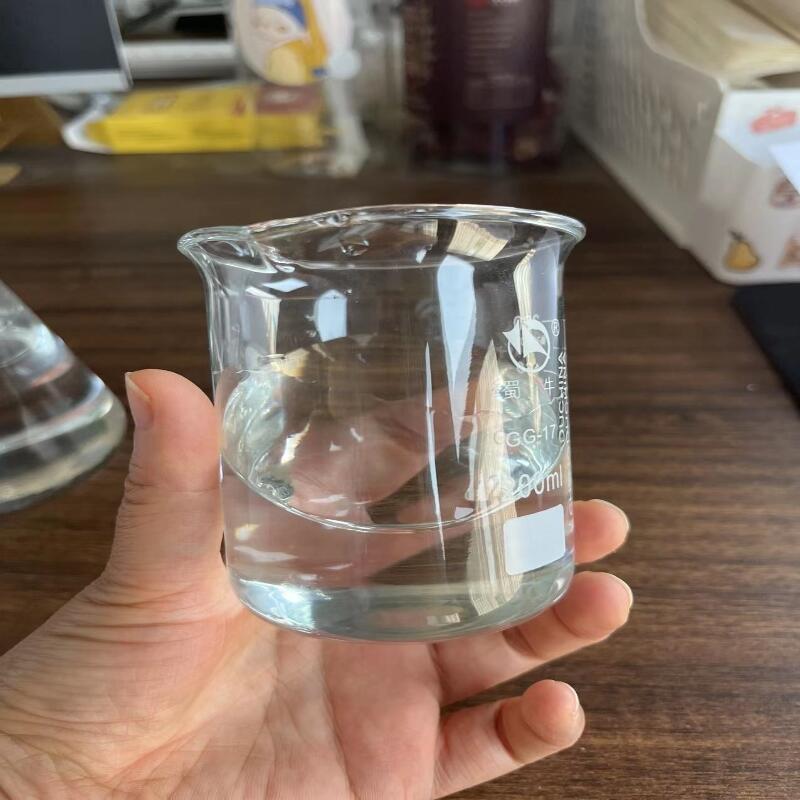New progress in clinical application of rhubarb
-
Last Update: 2012-06-05
-
Source: Internet
-
Author: User
Search more information of high quality chemicals, good prices and reliable suppliers, visit
www.echemi.com
Business Club June 5 news on the role of cardiovascular and cerebrovascular disease (CVD) ◆ promoting blood circulation and reducing blood fat Rhubarb has both anticoagulation and promoting blood circulation When emodin was 30 μ mol / L, the aggregation index of erythrocytes was lower than that of aspirin (ASP), and the inhibition rate of emodin on platelet aggregation was higher than that of ASP Rhubarb can dilute blood, increase blood volume, reduce platelet activity, decrease specific volume of blood cells, improve hypercoagulable state, and restore normal high osmotic pressure by promoting the transfer of interstitial fluid into blood vessels through osmotic effect Animal experiments show that both rhubarb and polysaccharide can inhibit platelet aggregation, inhibit the intracellular calcium flow, improve hemorheology, enhance the deformability of red blood cells, and increase the content of cyclic adenosine phosphate Rhubarb can increase the activity of nitric oxide synthetase (NOS) and the content of nitric oxide, decrease the content of tumor necrosis factor (TNF), inhibit the synthesis of 6keto pgfia (one of prostacyclin) by thromboxane A2 (TXA2), improve the activity of plasmin and promote the recanalization of blocked blood vessels Rhubarb also contains blood group B like substance, which has the function of collecting anti coagulation to the blood group O human serum b-antibody and A-antibody, so it can be used to prevent and treat hemolysis of newborn The combination of rhubarb and Salvia miltiorrhiza can significantly reduce platelet adhesion and aggregation, and prolong prothrombin time and thrombin time Rhubarb can reduce cholesterol by 84% in patients with hypercholesterolemia, 76% in patients with hypercholesterolemia, LDL-C, HDL-C and lipid metabolism ◆ rhubarb can inhibit VSMC, and aloe emodin is the strongest The inhibitory rate of aloe emodin on VSMC was more than 90% in 10-100 mg / kg body weight Aloe emodin can inhibit the proliferation of VSMC, prevent the formation of vascular intimal hyperplasia and the thickening of vascular wall, so as to reduce the stenosis of vascular wall after arterial injury Rhubarb can dilate blood vessels, reduce vascular resistance, increase blood flow, block intracellular calcium flow, improve the utilization rate of myocardial oxygen, reduce myocardial injury after LPO (lipid peroxide) and I / R, prevent thrombosis and improve systemic circulation CVD combined with rhubarb 1g three times a day for 30 days has obvious effect on the treatment of hypertension, coronary heart disease and the prevention of atherosclerosis, especially with ACEI The effect of rhubarb on nephropathy can increase the content of blood protein and make the ratio of albumin to globulin return to normal In addition, rhubarb can inhibit the synthesis of prostaglandin E and thromboxane B2 in renal medulla, and reduce the production of MDA (malondialdehyde) and renal damage through antioxidant effect Anthraquinone from rhubarb has a strong competitive inhibitory effect on Na + - K + - ATPase in renal medulla Emodin 30 mg / kg body weight, 2-4 hours after gastric perfusion, the glomerular filtration rate of rats increased, Na +, K + in urine significantly increased, nitrogen metabolism increased, serum urea nitrogen and creatinine content decreased, and renal function improved In the study of 44 kinds of traditional Chinese medicine on non enzymatic glycosylation inhibition (NECI), it was found that taking the ethanol extract of rhubarb 125 mg / kg body weight every day for 80 days could significantly reduce the tetrazolium blue staining in the renal mesangial area of DM patients, significantly reduce the hyperglycemia, fructose and glycoglobin of DM, and inhibit the glycosylation of protein and the final product of glycosylation in renal tissue In addition, it can reduce the content of glycosylated heme ALC (CHB ALC) and LPO, improve lipid metabolism, protect diabetic nephropathy, and inhibit the compensatory hypertrophy and proliferation of mesangial cells In some cancer cells, the content and activity of many kinases are increased, while emodin is a strong inhibitor of some kinases, which selectively inhibits the activation of oncogenes The content of phosphotyrosine protein in cancer cells was significantly higher than that in normal cells Rhubarb could reduce the content of phosphotyrosine protein in cancer cells, so as to inhibit the proliferation of cancer cells and the mutation of Salmonella caused by nitropyrene and benzopyrene Rhubarb has a unique anti MDR effect on cancer cells, which can be reversed by inhibiting the oxidation, dehydrogenation and enzymolysis of cancer cells Rhubarb can partially reverse the drug resistance of human breast cancer cells to adriamycin and increase the accumulation of rhodamine 123 in cancer cells Rhubarb can enhance the antitumor effect by reducing the function and expression of P-glycoprotein and increasing the concentration of anticancer drugs in cancer cells Verapamil, a calcium channel blocker, was once used as an anti MDR agent, but it could not be widely used because of its large adverse reactions In addition to reversing the intractable MDR, rhubarb, combined with 5-fluorouracil, cisplatin, mitomycin C, methotrexate, adriamycin, etc., can also have synergistic effect, enhance the inhibition of melanoma, human lung cancer A549 cell division and transplanted tumor, enhance the cytotoxic effect on human liver cancer BEL7402, and synergistically kill lung cancer cells overexpressed by HER-2 / NCU Effect.
This article is an English version of an article which is originally in the Chinese language on echemi.com and is provided for information purposes only.
This website makes no representation or warranty of any kind, either expressed or implied, as to the accuracy, completeness ownership or reliability of
the article or any translations thereof. If you have any concerns or complaints relating to the article, please send an email, providing a detailed
description of the concern or complaint, to
service@echemi.com. A staff member will contact you within 5 working days. Once verified, infringing content
will be removed immediately.






